Published
- 5 min read
Research on Urban infrastructure
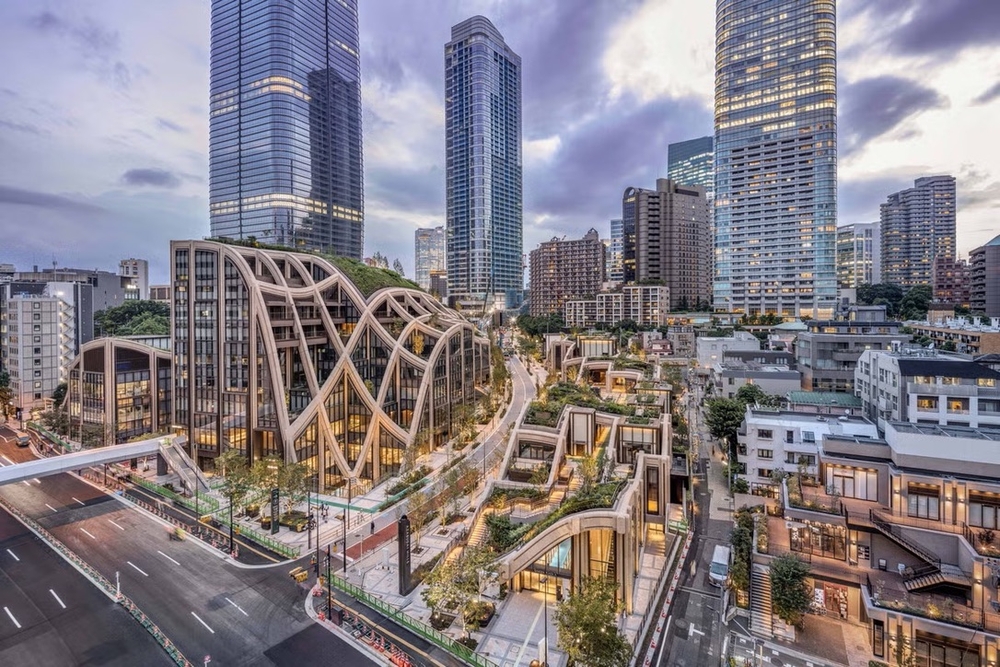
Ways of Seeing, Positions in Time and Place
Exploring the Ever-Changing Urban Landscape
Cities are more than just structures; they are living, breathing organisms that evolve over time. Streets change, buildings rise and fall, and public spaces transform to meet the needs of modern life. But within this constant flux, there are spaces that remain in a state of in-betweenness—what we call liminal places. These are spaces of transition, neither here nor there, existing between past and future, between function and abandon. But what makes these places significant, and why have they been shifting shapes for centuries?
Key Influences and Perspectives
When studying urban infrastructure, it’s not just about roads, buildings, and bridges—it’s about how people experience and interact with the city. Here are a few guiding themes that shape our understanding of urban transformation:
- Diversity – Every city holds a multitude of perspectives, histories, and cultures.
- Curiosity – What makes a space engaging? What draws people in or pushes them away?
- Possibilities – How can urban spaces evolve to better serve their communities?
- Resonance – How do places evoke emotions, memories, and a sense of belonging?
- Meaning and Purpose – What stories do our cities tell us, and how do we contribute to them?
Nosce te ipsum - Know thyself. Understanding a city starts with understanding its people.
The Memory of Cities: Frances Yates and The Art of Memory
Historian Frances Yates explored the way humans have stored and organized information over time. Her book, The Art of Memory, delves into how ancient cultures used spatial visualization to retain knowledge—just as cities, in a way, serve as physical manifestations of collective memory.
What are we to make of the extraordinary sequence of Giordano Bruno’s works on memory? They all belong closely together, are all interlocked with one another… Are they all traces of the passage through Europe of a prophet of a new religion transmitting messages in a code, the memory code?
The seven functions of the nose (1939)
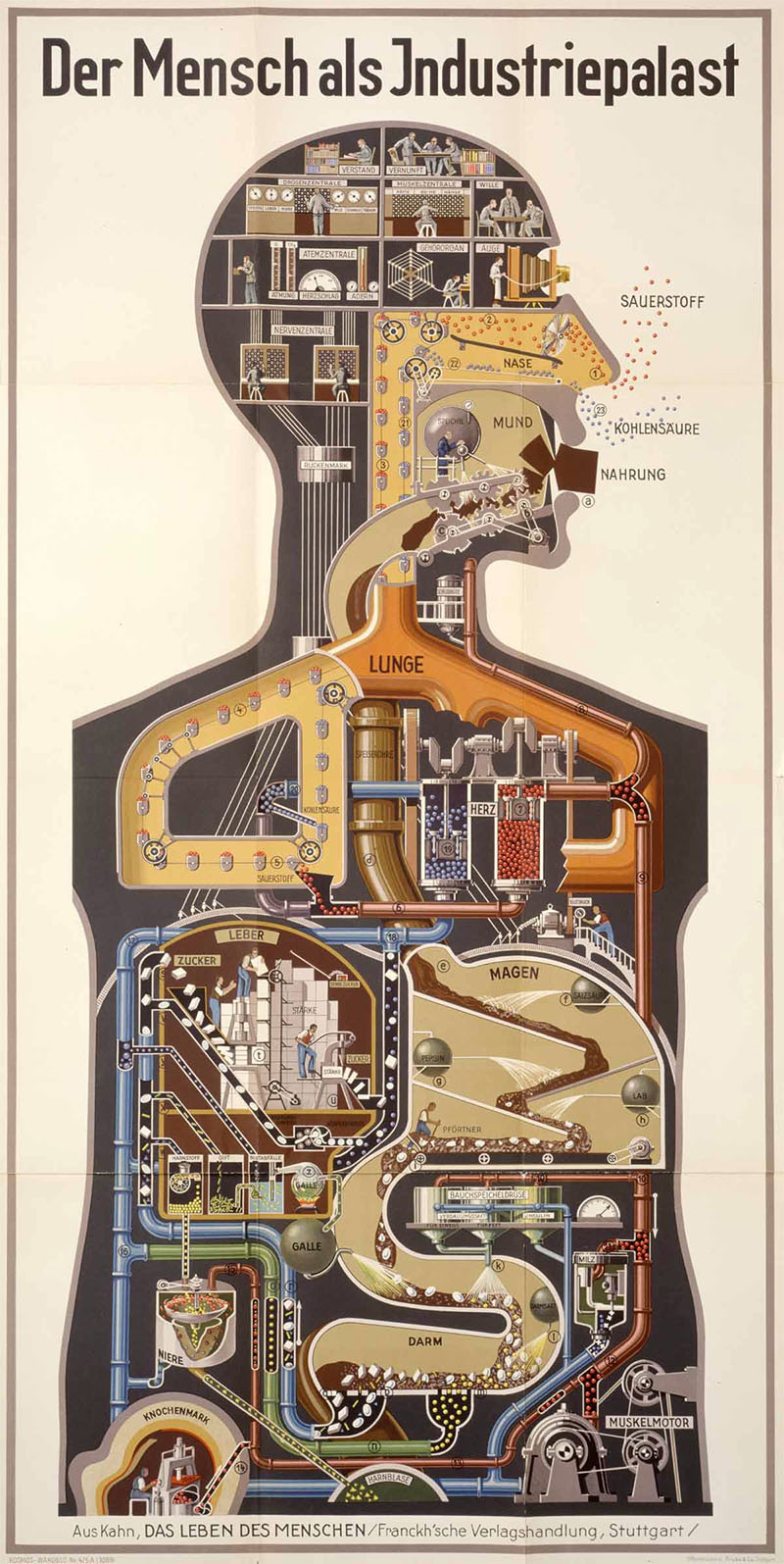 Much like the human mind, a city’s infrastructure is layered with the echoes of the past, constantly overwritten by new developments while still holding onto fragments of what came before.
Much like the human mind, a city’s infrastructure is layered with the echoes of the past, constantly overwritten by new developments while still holding onto fragments of what came before.
 How dessert cleans the tongue (1943)
How dessert cleans the tongue (1943)
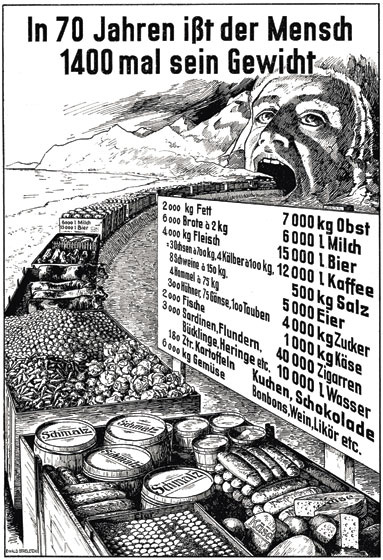 Man eats 1400 times his weight in 70 years. (1926)
Man eats 1400 times his weight in 70 years. (1926)
Further reading

Roof top view
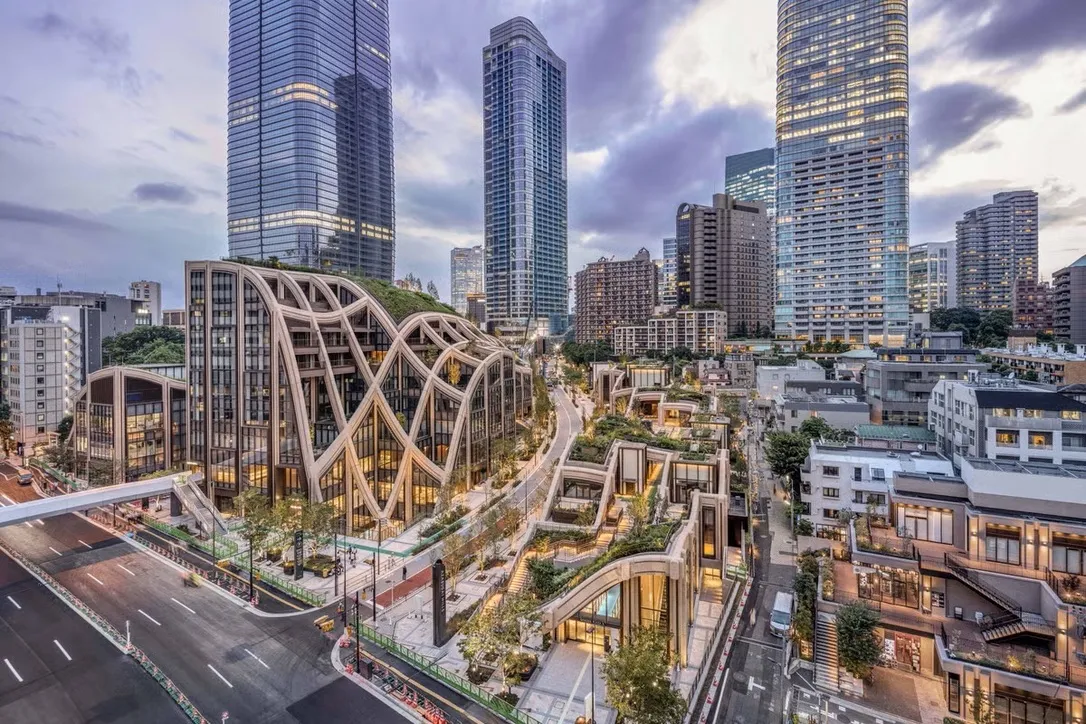
Green and vast areas for kindergarden
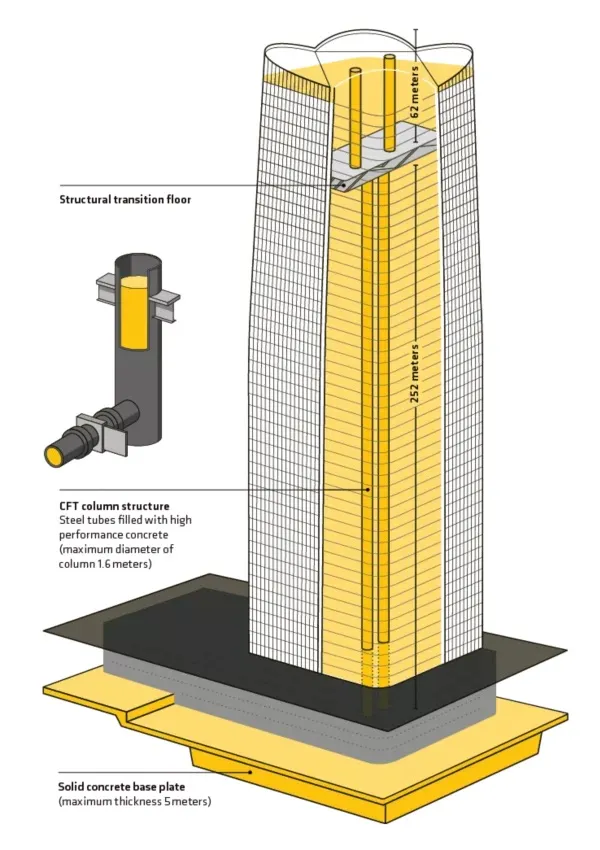
Azabudai Hills is built with sustainability in mind, integrating vast green areas, earthquake-resistant infrastructure, and world-class urban design. Further reading:
- Inside Azabudai Hills - Robb Report
- Heatherwick Studio - Azabudai Hills
- Azabudai Hills – Redefining Tokyo’s Landscape
- Architecture of the liminal: Transformative spaces that heal
Brutalist Liminality in Kyiv
 Vernadskyi National Library in Holoseevskii Region
Vernadskyi National Library in Holoseevskii Region
Kyiv’s Vernadskyi National Library and Kyiv Bus Terminal showcase another side of urban liminality—where monumental Soviet-era structures now stand at the crossroads of past and future. These buildings, once symbols of power and progress, now exist in an uncertain space between preservation and reinvention. BRUTALISMUS & CO: KYIV, PT. 2 – ostraum
Brutalist architecture holds a stark beauty, reminding us of the resilience of cities even in the face of change.

Final Thoughts: The Future of Urban Spaces
Urban infrastructure is more than concrete and steel—it’s a reflection of human interaction, memory, and transformation. As cities continue to evolve, the challenge is to design spaces that are both functional and meaningful, places that respect their past while embracing the future.
How can we create cities that are not just sustainable, but also inspiring?
The answer lies in embracing the liminal, the in-between, and the ever-changing. Because in the end, cities—like the people who inhabit them—are never truly complete.
